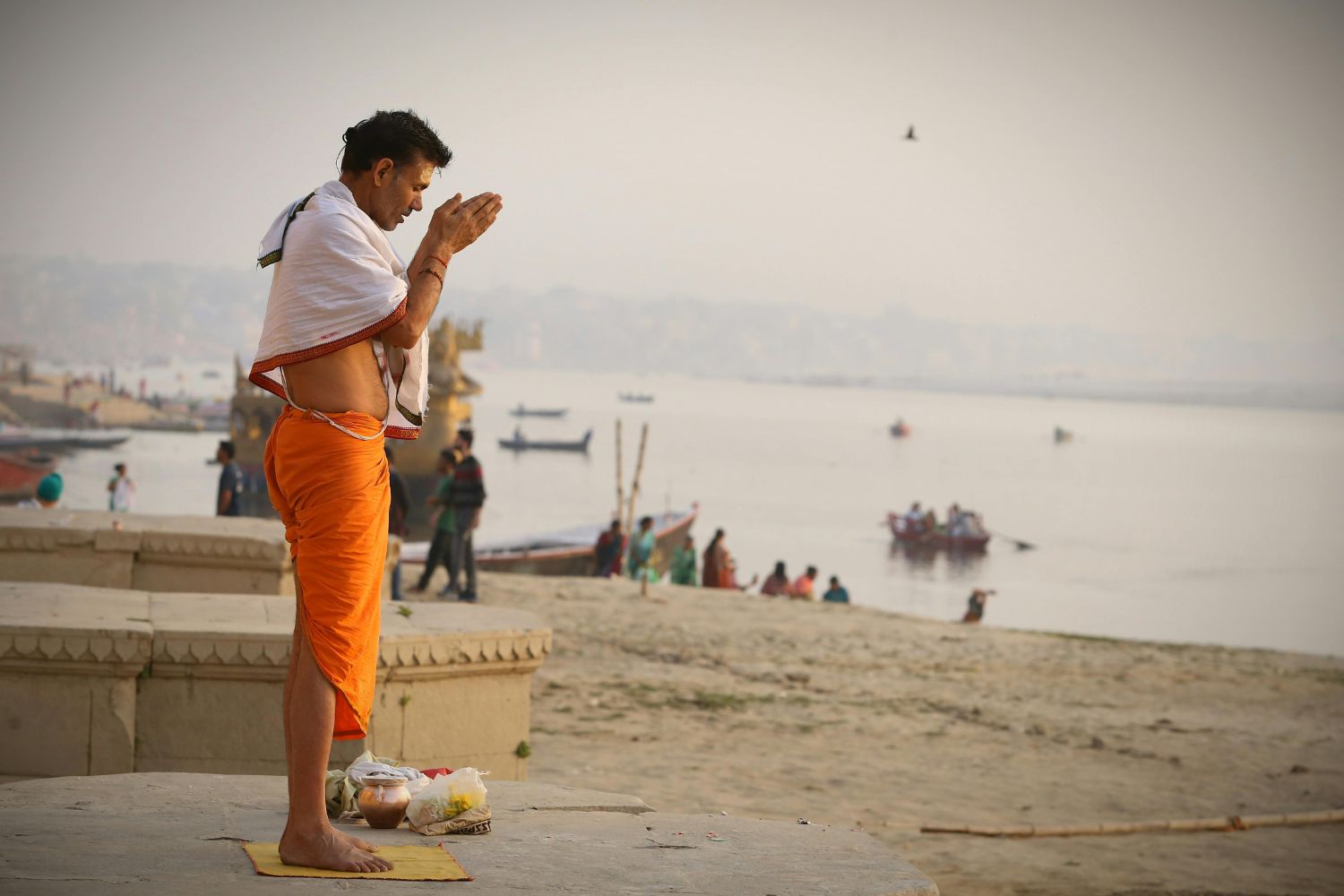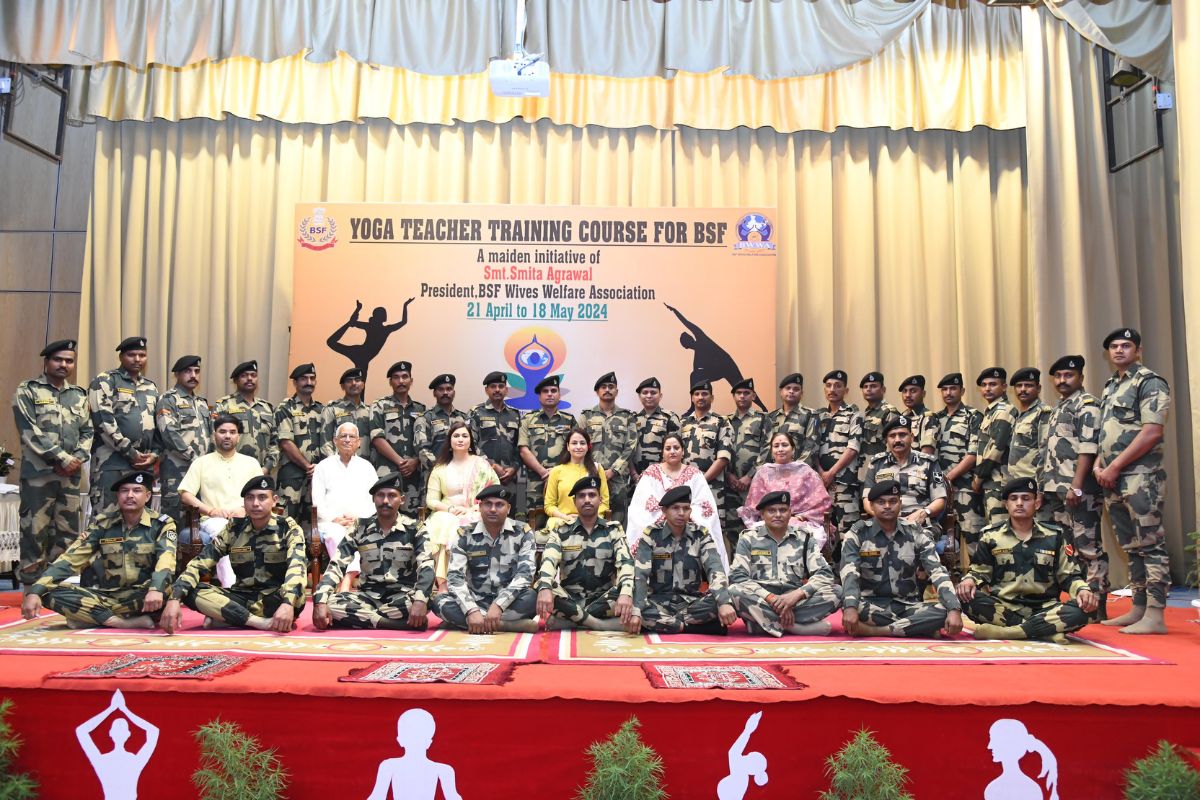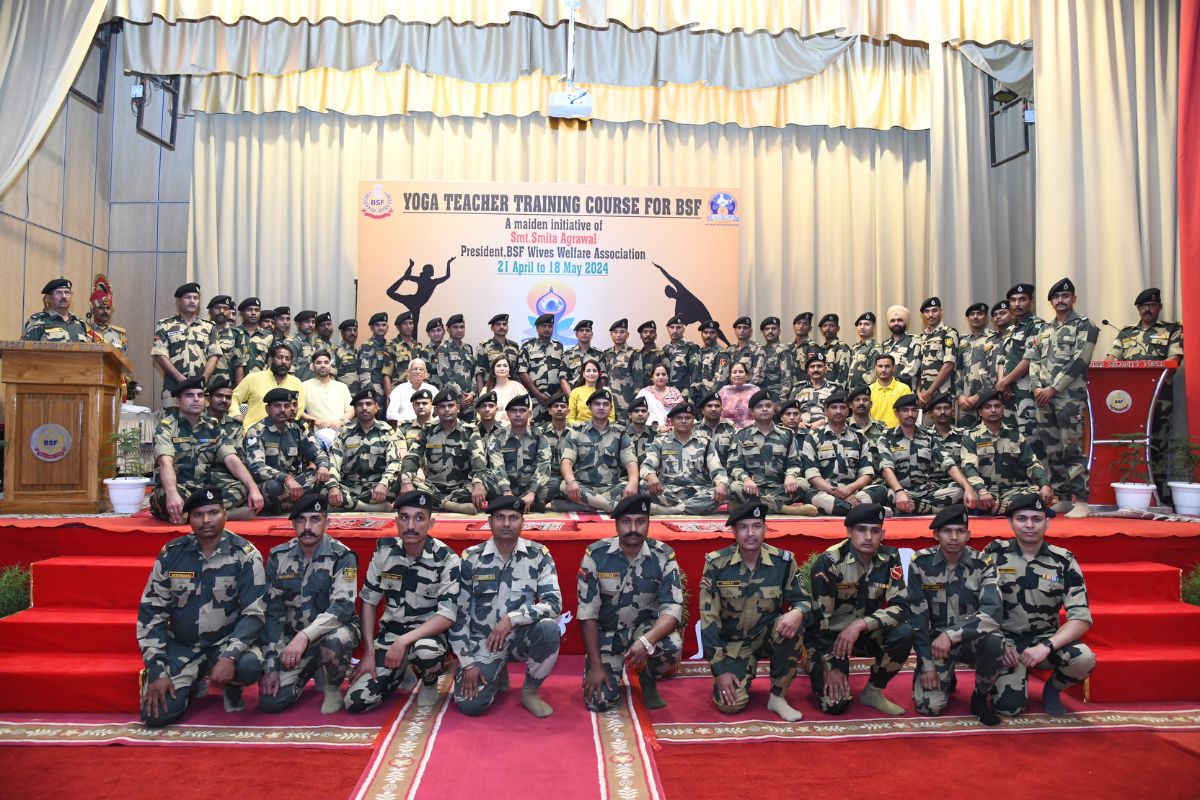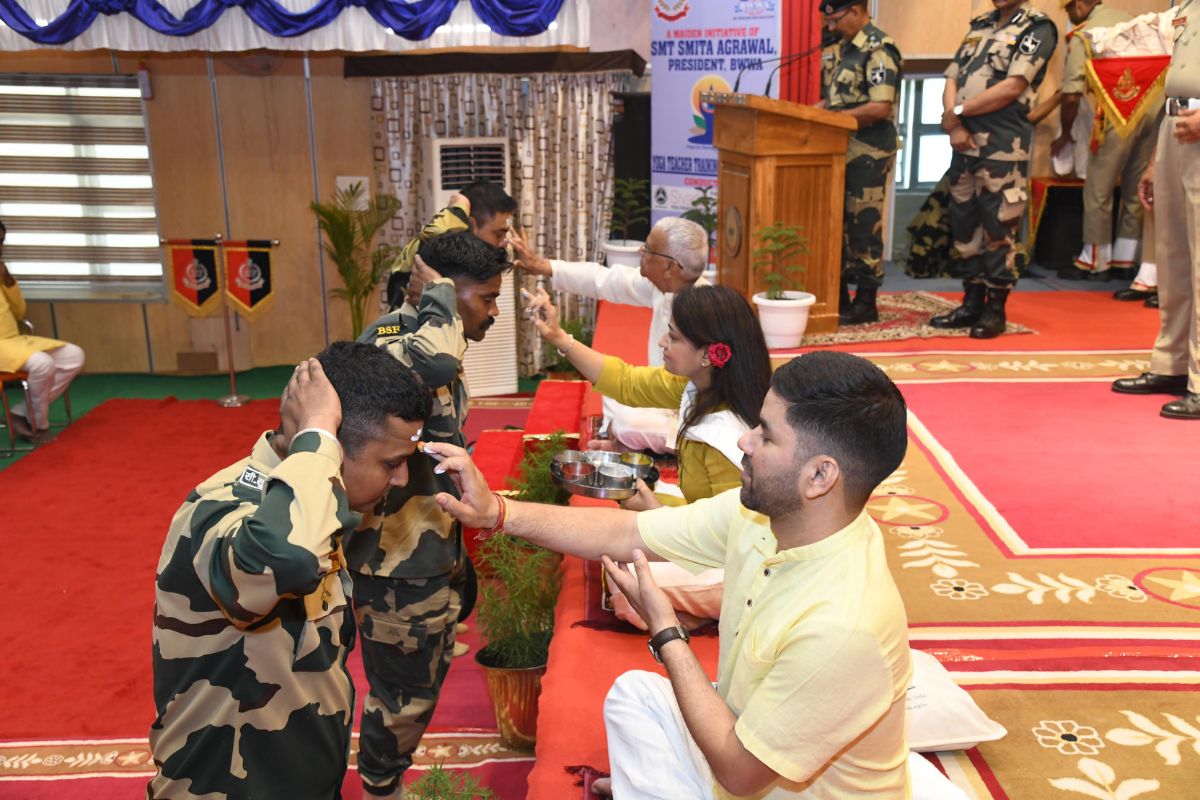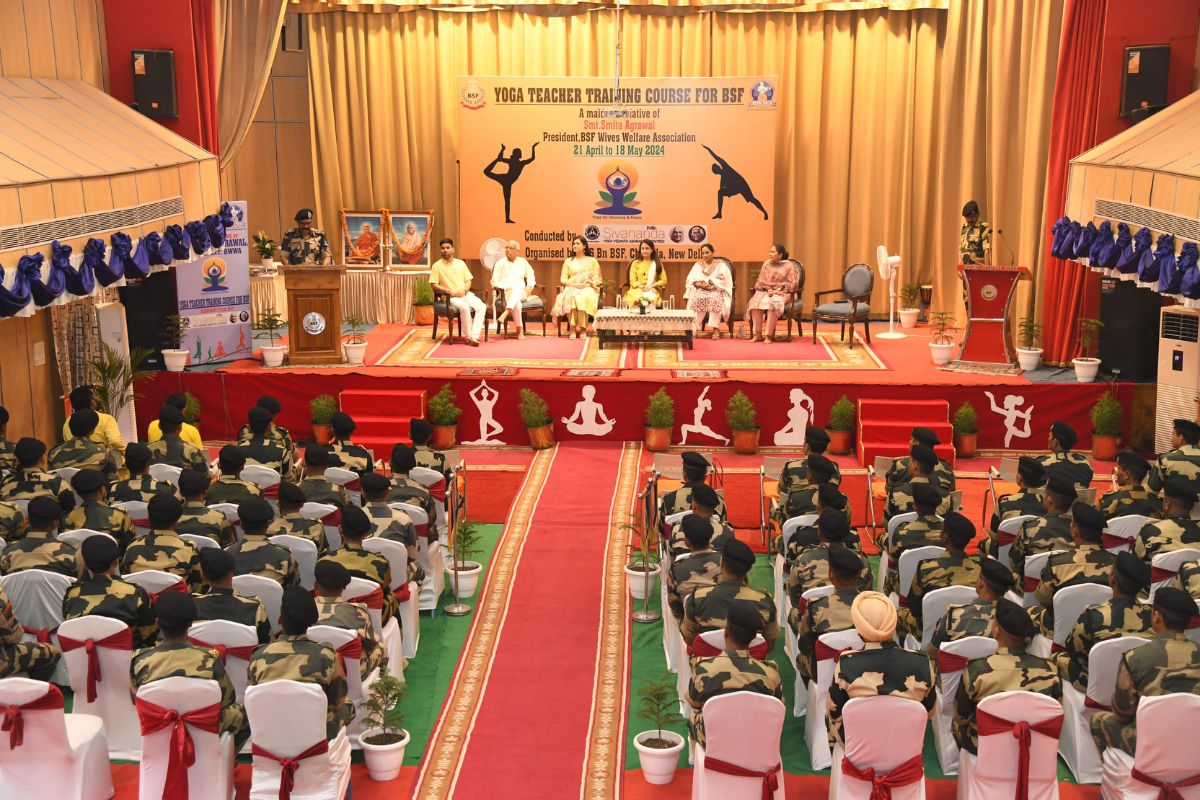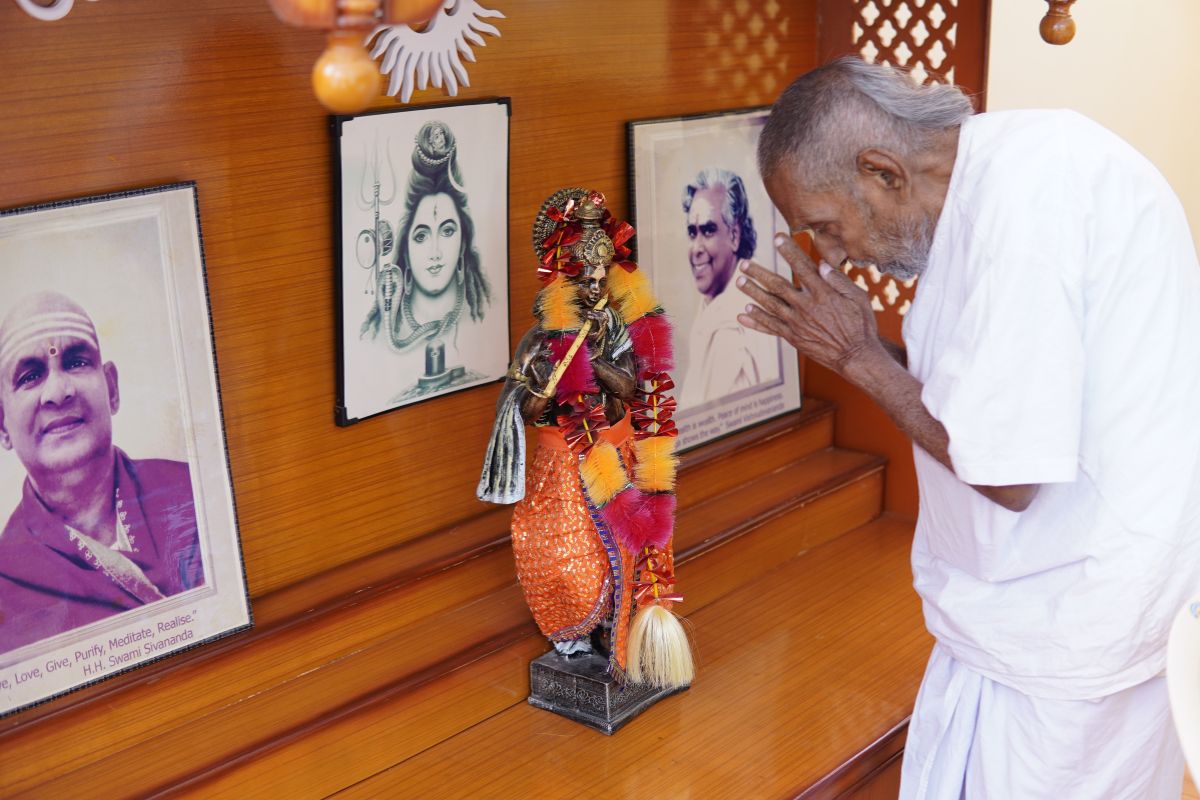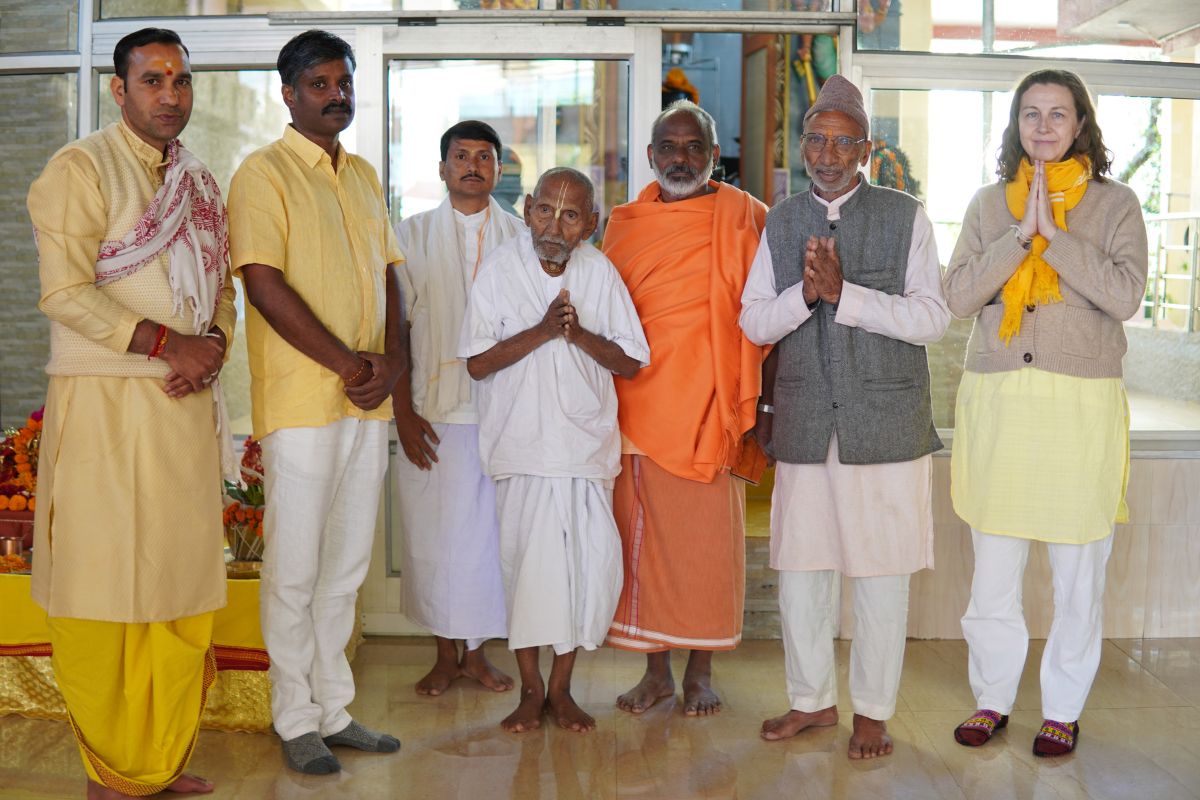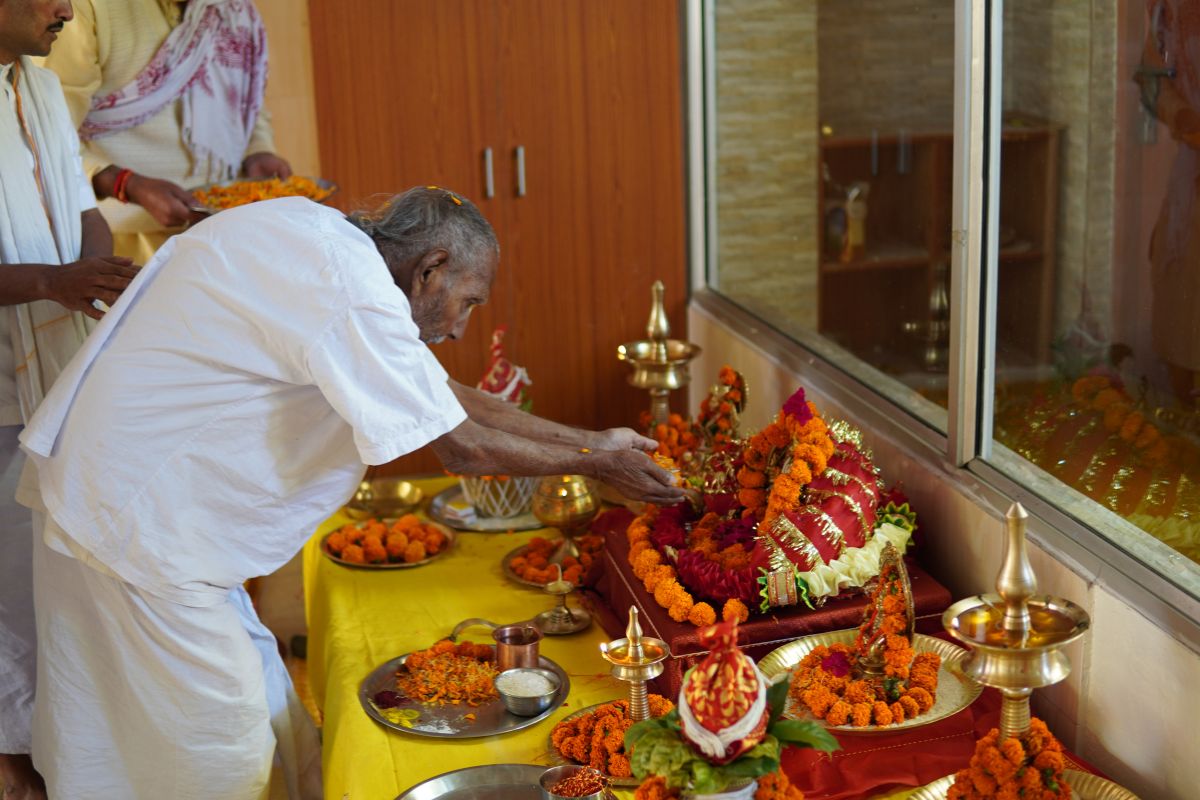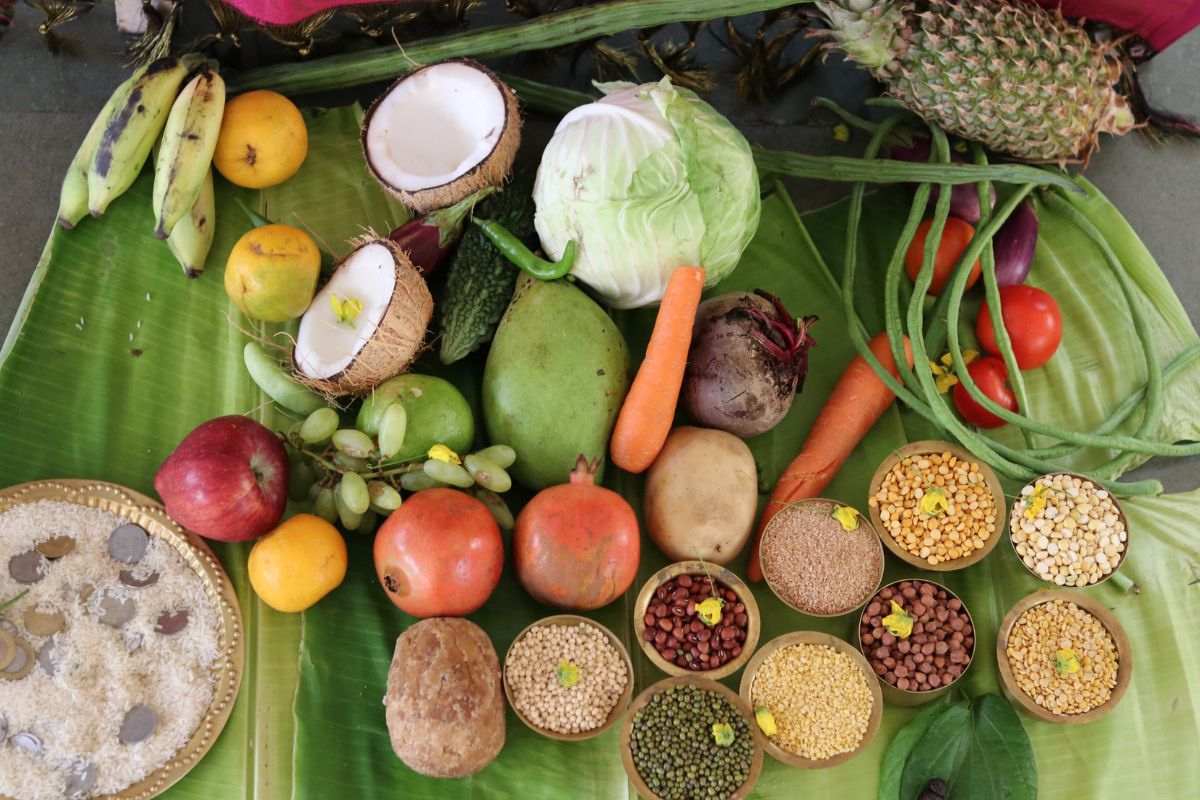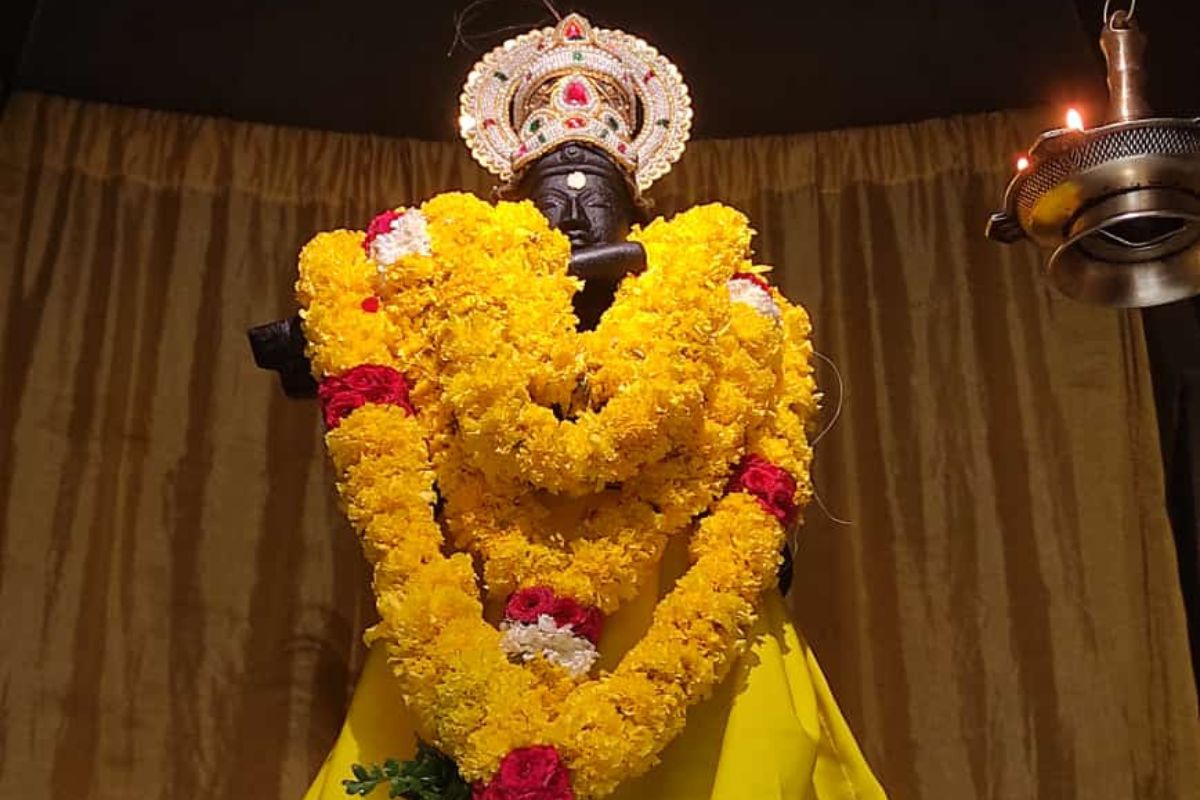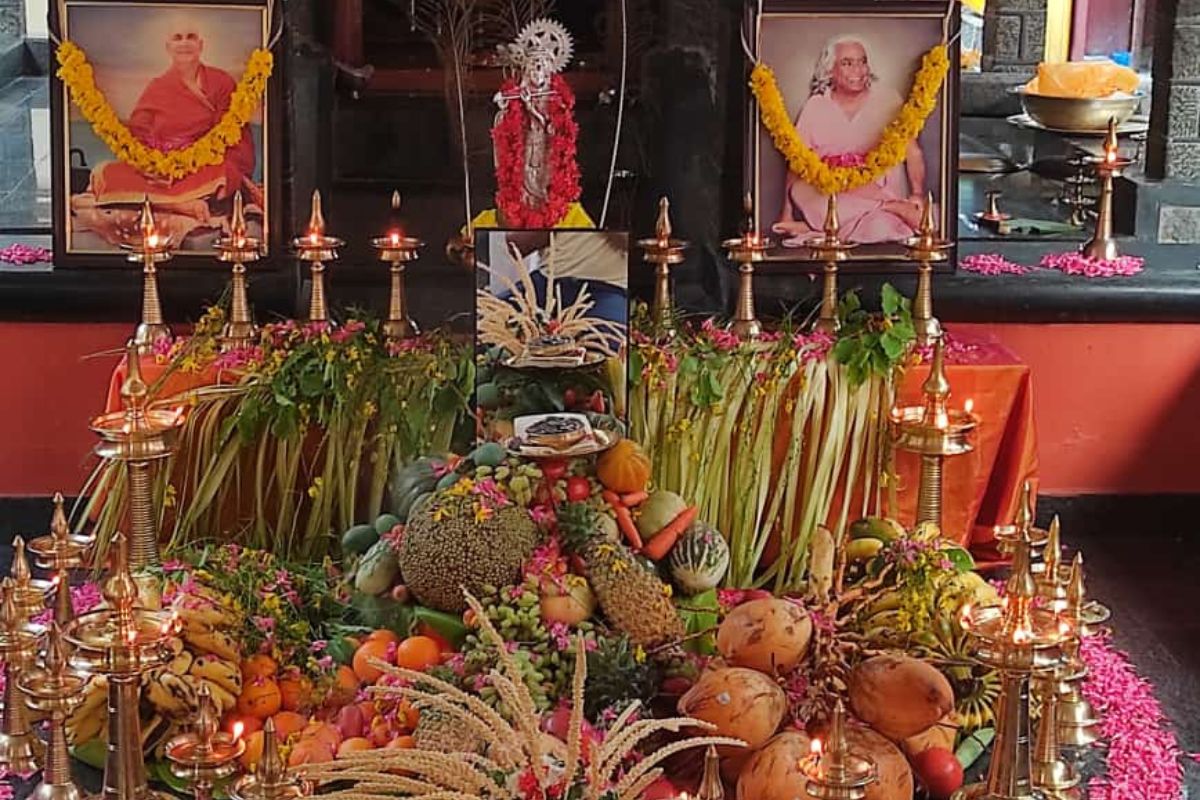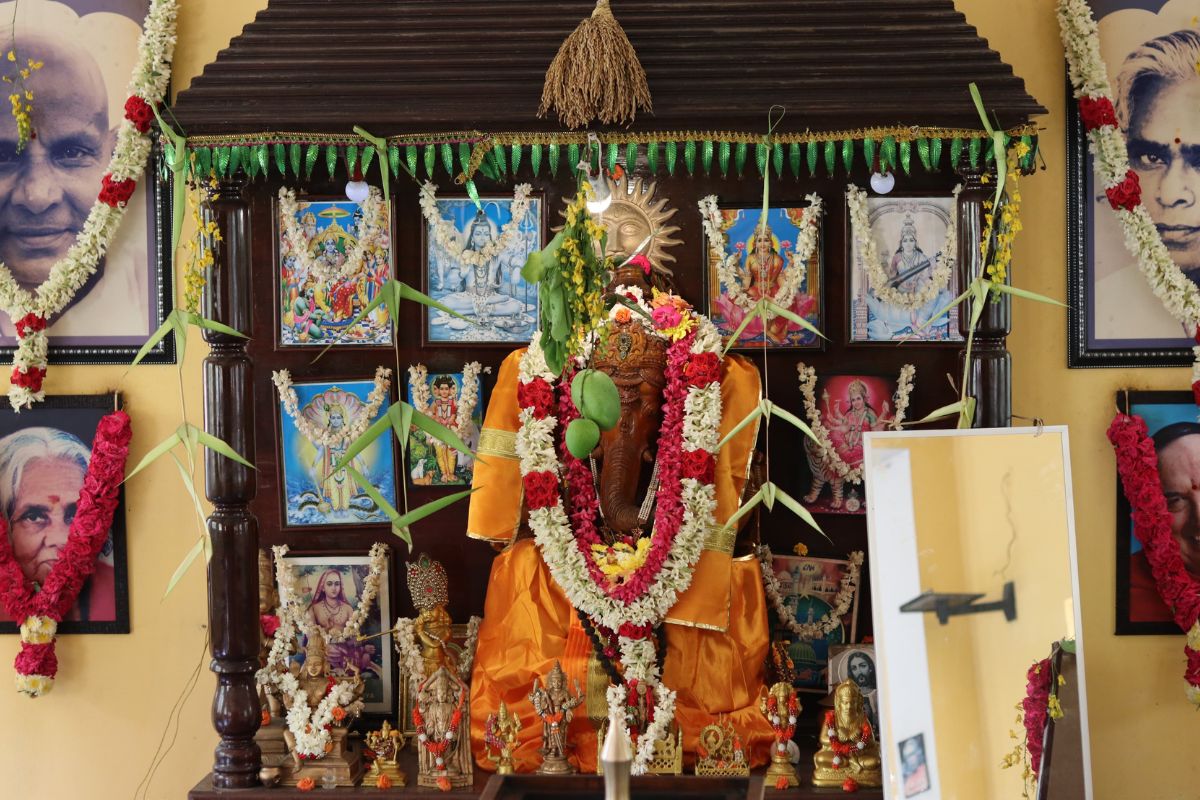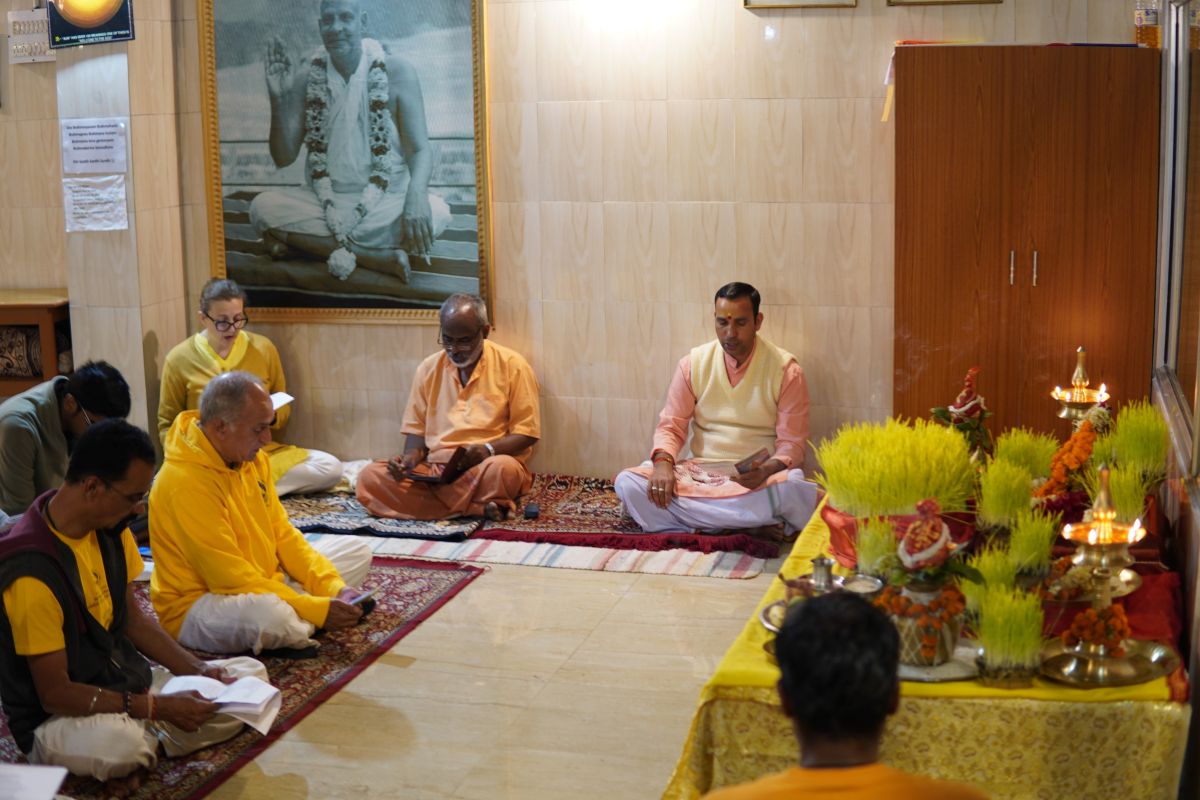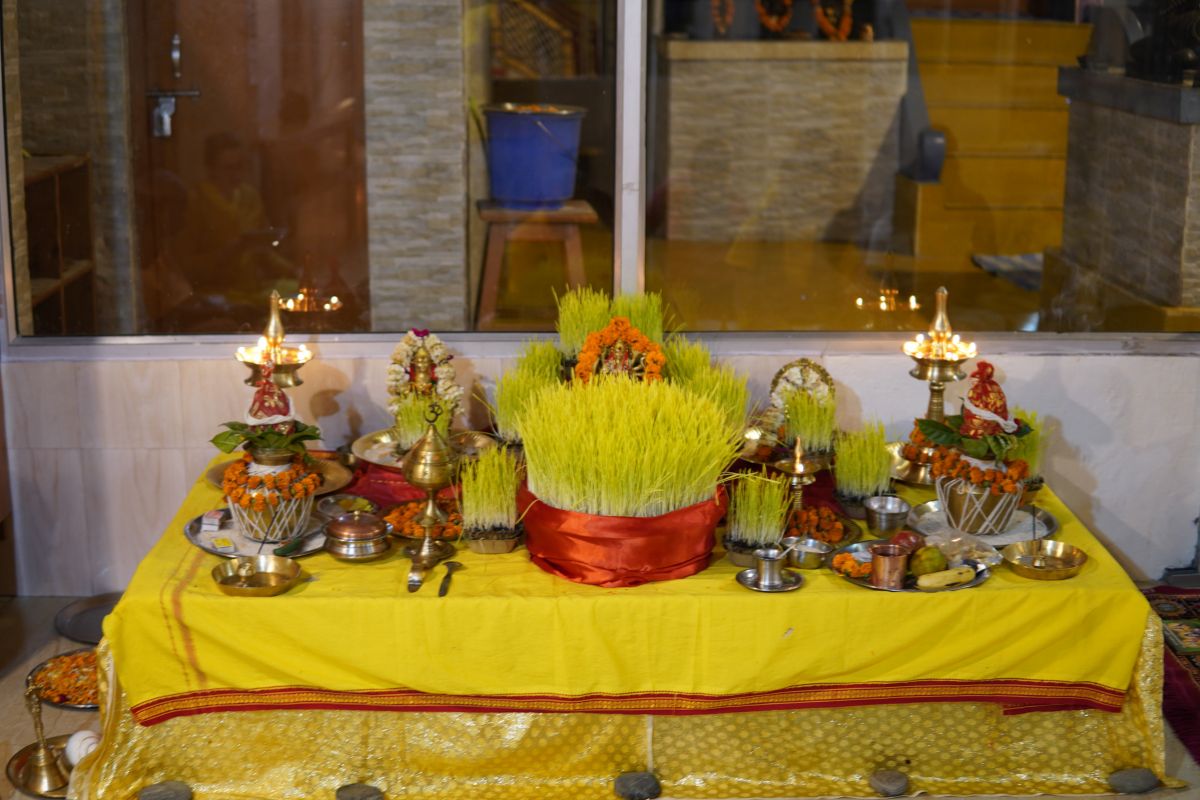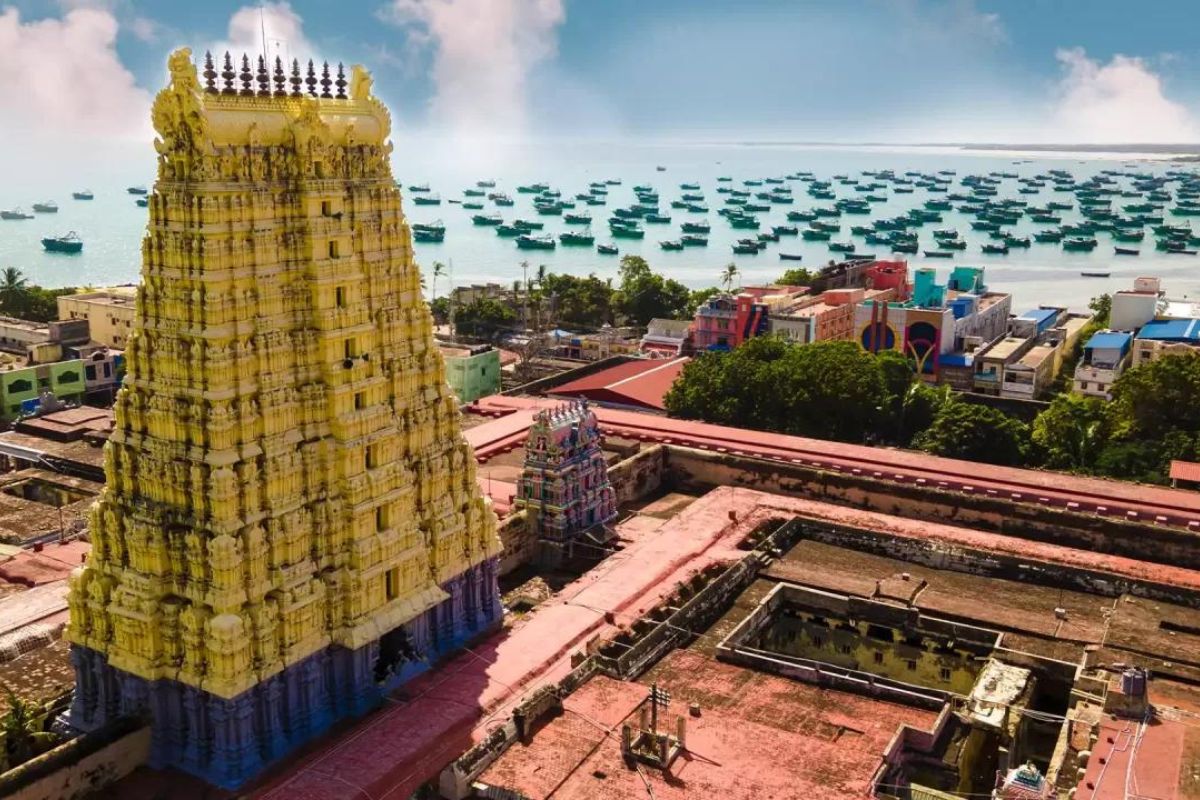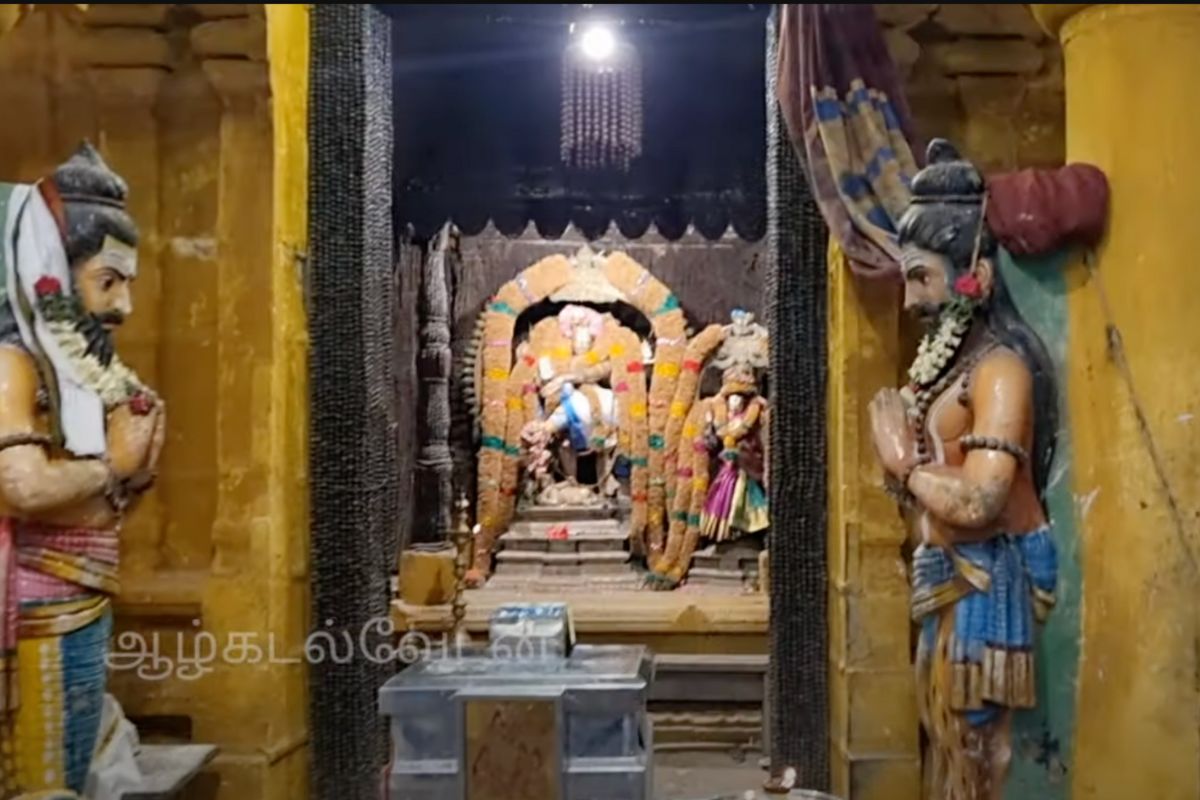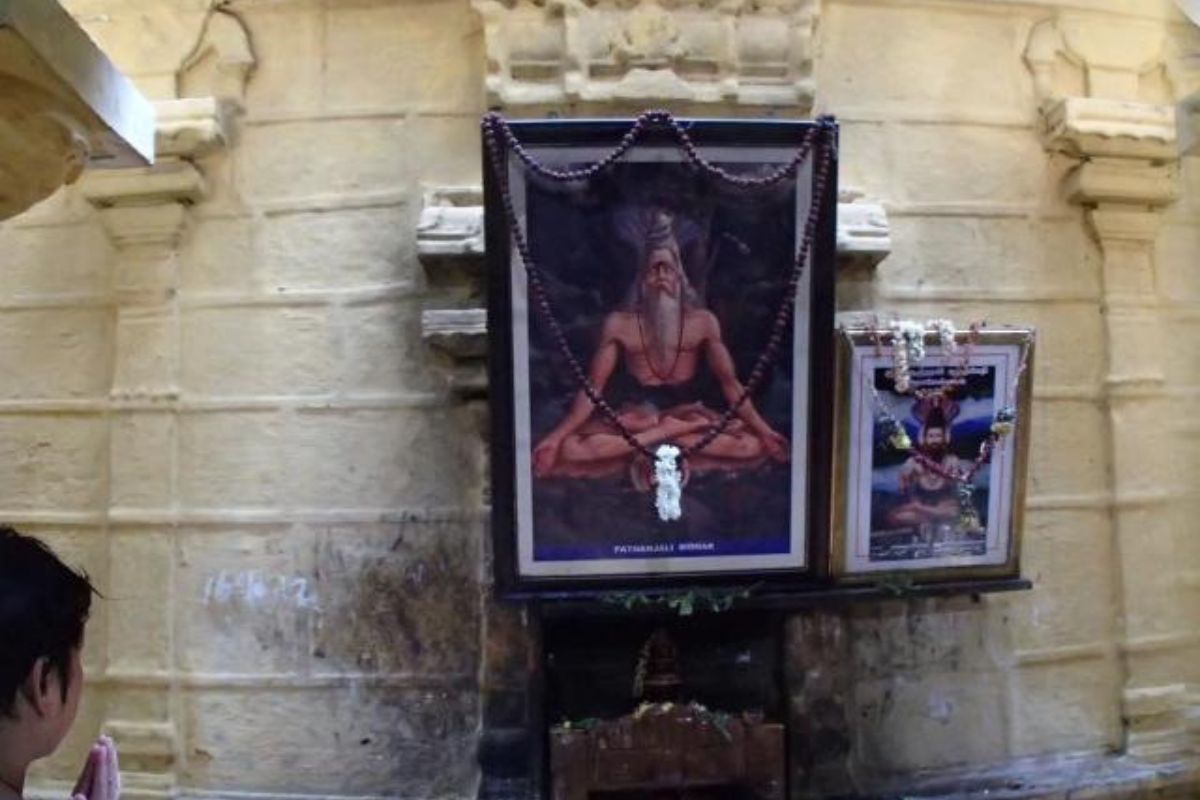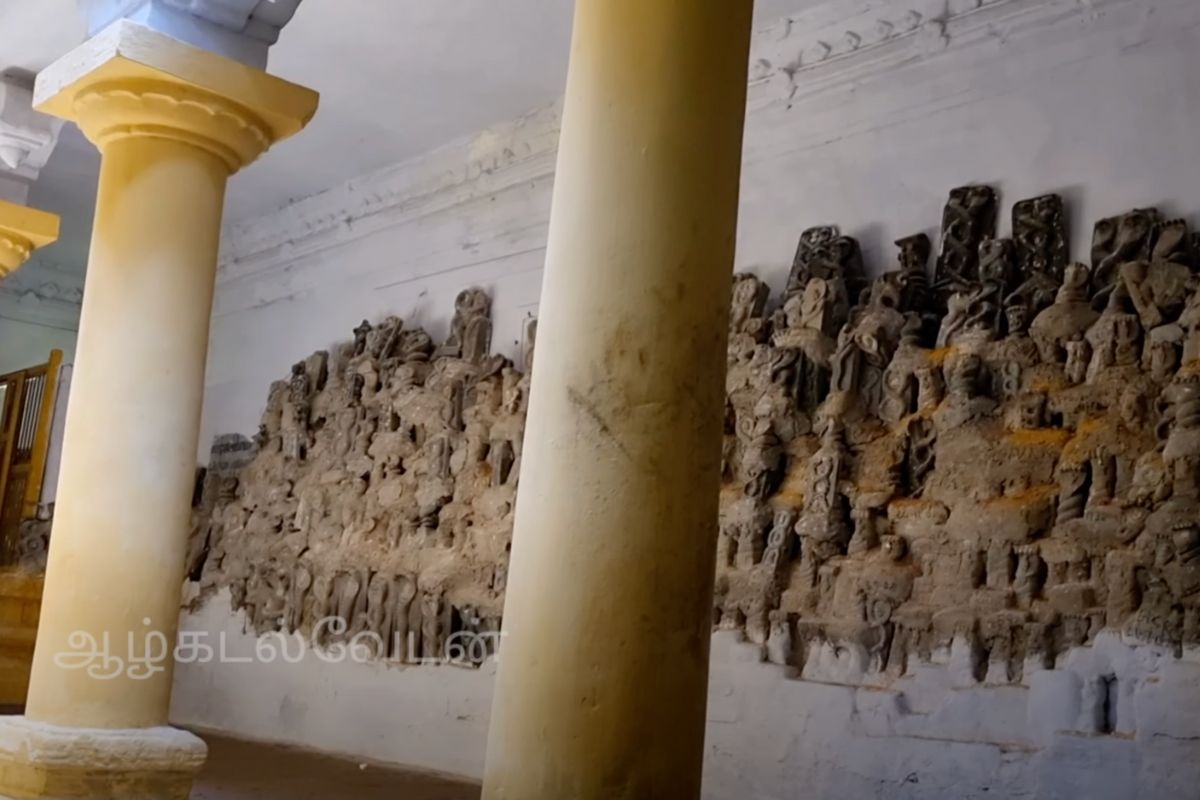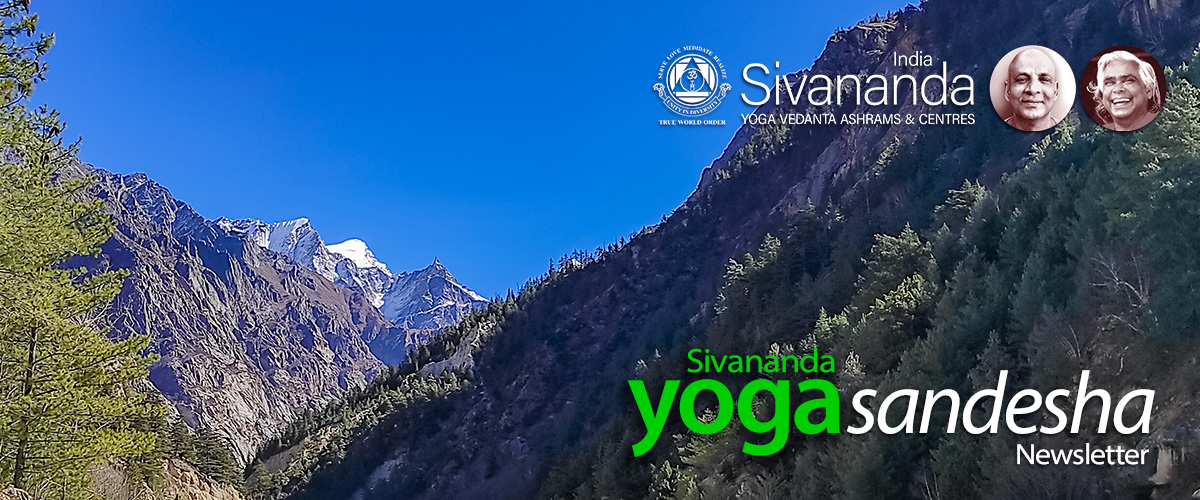
Om Namah Sivaya
Blessed Self,
By the grace of Master and Swamiji our busy season in the South Indian ashrams is coming to an end. This year we had an unusually high number of Yoga Vacation guests, both foreign and Indian in all our 3 ashrams, while our Ayurvedic programmes have been fully booked all season.
Our Netala ashram in the Himalayas started its season with a TTC in April and a full-capacity Yoga Vacation starting mid-month. The ashram is beaming with energy, with both TTC and Yoga Vacation students visiting Swamiji’s cave in Gangotri, where major restoration and renovation work is in progress. The ashram is preparing a Bhagavata Saptaha programme for the local villages with Srikanth Sharmaji, the famous Bhagavathar from Rajasthan. We are also looking forward to the Lord Siva Temple anniversary conducted by special priests from Kerala. If you’d like to join us in Netala this summer and haven’t booked yet, please contact us soon to ensure a spot.
We are pleased to have been invited to teach a Teachers’ Training Course in Hindi exclusively for the Border Security Forces of the Indian Government at its premises in New Delhi. Our most experienced team, Kapoorji, Vijayji, and Vishnu are teaching this course with able assistants. The Indian army is very appreciative of our efforts. We hope to continue offering this for free in future, since Yoga and Meditation training is very helpful for Army personnel and their families.
We are thankful for your continued support which is always an inspiration for all us here in Sivananda India to work hard to continue Swamiji’s mission.
May Master and Swamiji’s blessings be with you always.
Pranams,
Sivananda Yoga Vedanta Ashrams & Centres, India
The final niyama–observance, or virtuous behaviour–of Patanjali’s Ashtanga Yoga (Raja Yoga) is Ishwara Pranidhana which means surrender of the ego, or will, to the absolute. We let God take care.
In some ways ishwara pranidhana seems out of place among the other niyamas. If we are successful in overcoming our weaknesses through practicing the other yamas and niyamas, it’s possible that the ego may increase. Patanjali understood that along with success the human mind can become egoistic. The results are not in our hands. It is up to God, to nature, to consciousness. So we are reminded to leave the results to God, to Ishwara. Otherwise, the word Ishwara is used more frequently in Bhakti Yoga. Here, it is a reminder. We must be humble as we reach the highest. Never take responsibility for the results. It is nature’s gift, something higher than me.
If we see the niyamas as things that we are to do, how then do we surrender to God. Are we not already surrendered? There is nothing weak about surrendering. Instead, there’s something grounding and beautiful about literally being ‘on the floor’. Praying, prostrating, remembering something higher than our own self. The poet Mary Oliver says, “I don’t know exactly what a prayer is. I do know how to pay attention, how to fall down into the grass, how to kneel down in the grass, how to be idle and blessed […]”.
In this issue of Yoga Sandesha we explore ishwara pranidhana through an exploration of prostration and the cultural and devotional roots of surya namaskar, the significance of prasad, and Patanjali’s Jeevasamadhi shrine at Rameswaram, Tamil Nadu.
Thank you for taking the time to read Sivananda Yoga Sandesha. We hope you enjoy the newsletter and take time to reflect on your practice. As usual, please feel free to reach out to us with your thoughts and feedback: [email protected]
Photo Update:
Border Security Forces TTC at Delhi Cantonment
For the first time a Yoga Teachers’ Training Course is being conducted for the Border Security Forces (BSF) troops. The course began on April 21, 2024 at the 25th Battalion Chhawla in Delhi. There are 71 participants in the residential course who have been chosen from all over the BSF in India. The participants will experience the gurukul system and, we hope will in turn help to share yoga in their respective regions after they are certified as teachers. This will help a great deal in reducing stress in the lives of border guards, who face the toughest duties on India’s borders and the naxalite areas.
Photo Update:
128-Year-Old Swami Sivananda Visits Netala Ashram
Our Netala Ashram was blessed with a visit from Swami Sivananda, the 128-year-old yoga teacher from Bengal. For over three decades Swami Sivananda taught yoga and meditation in Varanasi. Over the last fifty years he has served 400–600 beggars affected by leprosy. He arranges food, fruits, clothes, winter garments, blankets, mosquito nets, and cooking utensils for their needs. In 21 March 2022, he was awarded the Padma Shri Award, one of the highest civilian awards made by the Republic of India for his efforts to serve others and to promote yoga. Swami Sivananda addressed the students in the TTC batch and told them that the only path to perfect health was through yoga.
Photo Update:
Vishu Celebrations in Neyyar Dam and Chennai
Vishu, the harvest festival which also marks the Malayalam and Tamil New Year was celebrated at our locations in south India. All the staff and guests are brought to the temple blindfolded and then witness the Vishu Kani, an auspicious arrangements of vegetables, fruits, pulses, flowers, money, and all things positive and uplifting. Traditionally, this arrangement should be the first thing seen on the first day of the new year offering happiness and well-being. After this the temple priest gifted coins to everyone to encourage prosperity in the new year.
Photo Update:
Ram Navami Celebrations in Netala Ashram
Ram Navami was celebrated in the Netala Ashram, symbolising the victory of good over evil, the establishment of Dharma over Adharma. Barley or Jawar is grown and placed on the altar to signify an abundant harvest, and an opportunity to respect our food.
Research/Links
Hindu Ritual, Physical Culture, and the “Sun Salutation” (Sūryanamaskār)
Explore the roots of the practice of Surya Namaskar and its connections to Hindu ritual, exercise culture, and religious devotion. Download a research paper from an academic at Oregon State University here:
https://journalofyogastudies.org/index.php/JoYS/article/view/JoYS.2023.V4.08
Spiritual Calendar
May 4 – Ekadasi
May 8 – New Moon
May 19 – Ekadasi
May 23 – Full Moon
Upcoming Courses:
Learn, Practise & Grow with Us!
Teachers’ Training Course (TTC)
- May 26 to June 22, 2024,
Madurai, Tamil Nadu - June 16 to July 13, 2024,
Uttarkashi, Himalayas - July 21 to August 17, 2024,
Uttarkashi, Himalayas
For more details, click here
Advanced Teachers’ Training Course (ATTC)
- May 12 to June 6, 2024,
Uttarkashi, Himalayas
For more details, click here
Sadhana Mandalam
- Aug 1 to Sep 9, 2024,
Neyyar Dam, Kerala
For more details, click here
Sadhana Intensive (SI)
- Oct 16 to 29, 2024,
Uttarkashi, Himalayas
For more details, click here
Teachings Excerpt:
Isvara Pranidhana, by Swami Sivananda
The practice of Kriya Yoga: Tapas, Svadhyaya, and Ishvarapranidhana are intended to attenuate the afflictions and for preparing the mind for entering into Samadhi. They are for the purpose of purifying the mind of its impurities and for destroying distractions.
Purification is of two kinds. They are internal (mental) and external (physical). Mental purity is more important. Physical purity is also needed. Cleanliness is next to godliness. Physical, external purity alone is of no value. Much time must not be wasted in attending to external washing. By so doing, you forget the eternally pure Atman. The afflictions of the mind mentioned in this Sutra are described under Sutra 11-3.
By self-surrender comes attainment of Samadhi, superconscious state. The self-surrender should be free, perfect, unconditioned, and ungrudging. Then the Samadhi will come by itself. This Pranidhana is further dealt with inSutra 1-23.
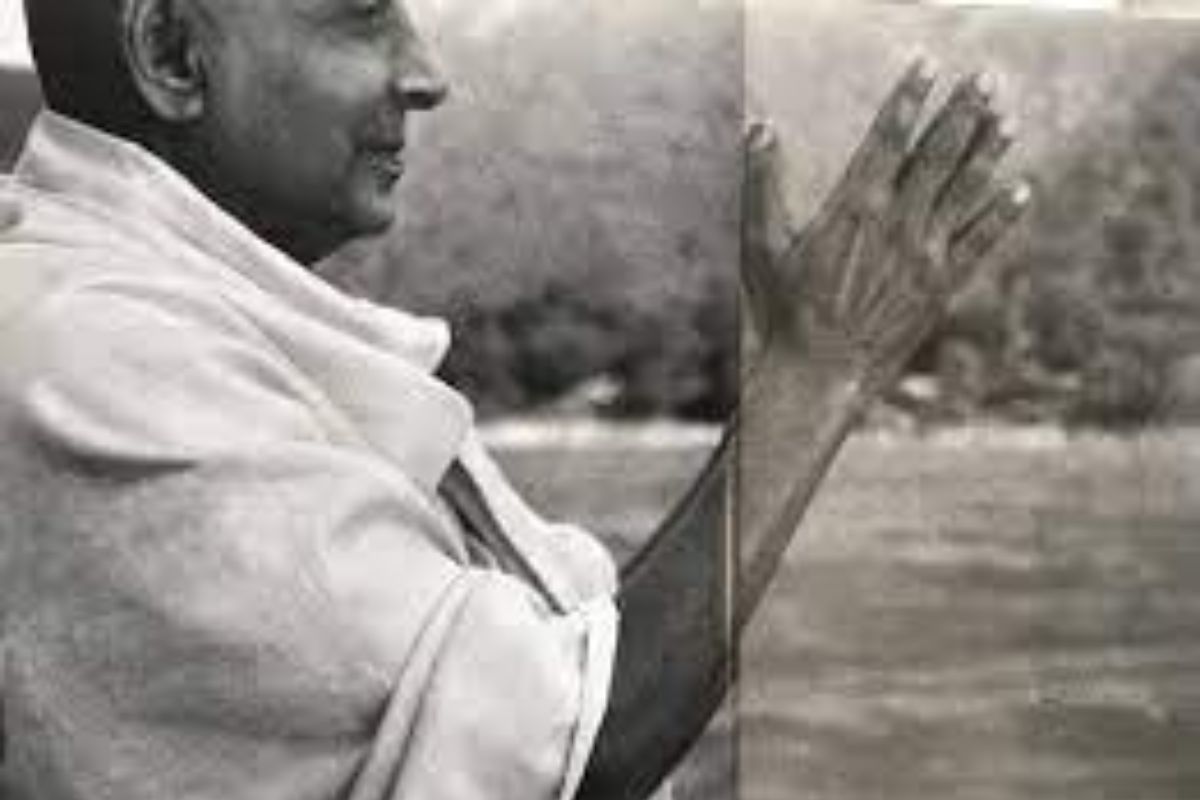
Teachings Excerpt:
Meditation and Mantras, by Swami Vishnudevananda
The (Niyamas) observances are (the practice of) internal and external purity, contentment, mortification, study of scriptures, and worship of God or self-surrender. Three of the Niyamas together: Tapas (Austerity), Swadhyaya (Self-study), and Ishwara Pranidhana (Surrender to God) constitute Kriya Yoga. Study of spiritual works and the scriptures helps to keep a person on the right path. Books alone, however, can only take one so far, and can lead to intellectual pride. Surrender to the will of God is necessary, for ultimately everything depends upon His grace.
YS 2, v. 45 Samadhi-siddhir Isvara-pranidhanat
From surrender to Ishwara comes the accomplishment of attaining samadhi.
Only by surrendering one’s will, one’s ego, one’s life, to God is the superconscious state attained.

Practice and Teaching Tips:
Surya Namaskar | How to Prostrate
Surya Namaskar serves many functions as part of our modern yoga practice: a warm-up, increasing mobility of the joints, exercise. Traditionally, it was considered to be a cultural practice and devotional practice, which came to be associated with yoga much later on. In this month’s practice tips, we’ll explore Surya Namaskar as a particular form of prostration and at the same time look at some of the other forms of prostration in temples and to elders, for example.
Best wishes for your practice. Pranams.
Nutrition Tips:
Prasad – Establishing a Connection to the Divine with Sacred Food
Offering sacred food to the devotees after rituals or puja, is a religious practice followed in the Hindu religion since Vedic times. ‘Prasaad’, stands for ‘pure food that is divine in nature’. It is during the puja, amidst many mantra chants, that the 5 mahabhootas – earth, wind, fire, water, and space are invoked, and the offering is distributed as prasad as a gift of supreme which becomes a means for purification and spiritual development for humans. It is believed in Hinduism that food that is offered to GOD during puja and ritualistic ceremonies, inherits the intention, ‘the bhav’ of the puja and imbibes similar energies that affects our body and mind in the similar way. Thus, prasad is seen as the sattvic energy in food that helps lift our consciousness.
Prasad Ingredients:
It is not a coincidence that the ingredients chosen as prasad are also scientifically known to be superfoods. Ancients realized the energetic powers of certain foods and the selected few were used as offerings to the divine. Only the high-prana foods are offered as prasad to the deities, for example, coconut is one of the most common foods used as prasad. Science now testifies the high nutritional value of coconut due to lauric acid that is known to enhance the energy in the cells drastically. Other chosen foods as prasad include the holy basil, Tulsi, considered one of the most sacred herbs in the ancient traditions. Science focuses on the powerful effects of Tulsi as an adaptogen to protect against the damaging effects of stress on the body and mind. Most often fruits are also used as prasad for their high-pranic vibration quality. Science now testifies the high alkaline quality of fruits to keep blood pH high that keeps the body balance maintained.
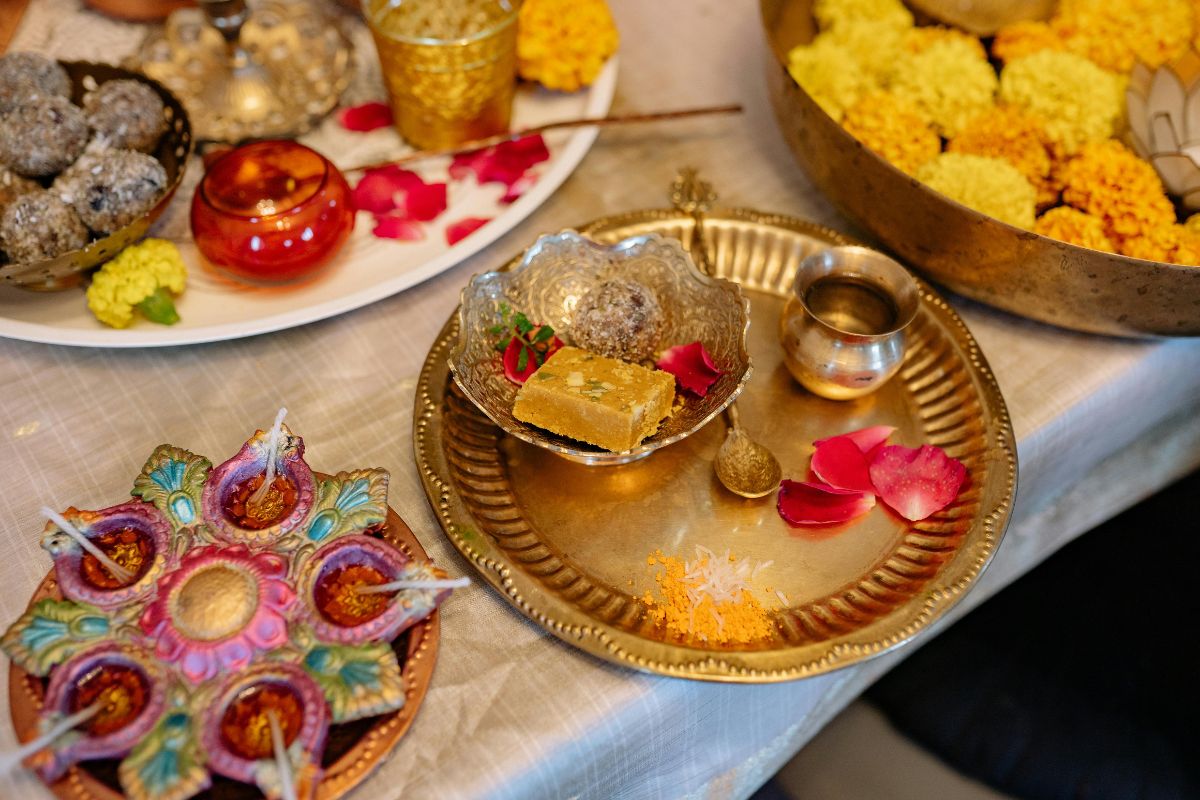
Some common prasad items used in temples include:
- Panchamitra, a concoction made with milk, ghee, honey, curd, sugar/jaggery.
- Sakkara Pongal, or sweet rice, Pulihora or tamarind rice, Pongal or rice served with moong daal topped with pepper powder are used as prasad in South Indian temples.
- Modak or Laddus are used as prasad offered to Lord Ganesha.
- Kheer, a concoction made with milk, rice and Sugar is the Prasad offered to Goddess Lakshmi.
- Butter or Shrikhand, is offered as a Prasad to Lord Krishna
Temple Showcase:
Patanjali Siddhar Jeevasamadhi, Rameshwaram, Tamil Nadu
Maharishi Patanjali, the greatest yogi of all time, who gave the world access to Yoga philosophy, documenting the yoga sutras in a structured way, is believed to have lived between the 2nd century B.C. to 4th century A.D. Known as the ‘father of yoga’, Maharishi Patanjali belongs to the 18 Siddhars (perfected beings who have attained siddhis or powers) in the Tamil Siddha (Shaiva) tradition. His contribution to yoga through compiling ‘The Yoga Sutras’, the most referenced literature in the yoga world, guides many on the path of liberation in a systematic way through Raja Yoga.
Maharishi Patanjali is believed to have walked the path of samadhi after attaining his purpose, writing the Yoga scriptures, meeting his mother to seek her blessings and finally finding his final abode in the Rameshwaram temple. The temple has a small, enclosed courtyard where Patanjali is believed to have meditated in silence for many years. His departure from the material world was believed to be slow and gradual as started to become more translucent, his physical identity fading away until he became invisible. His samadhi on the premises of Rameshwaram temple houses a holy fire, symbolizing life and transmutation. Maharishi Patanjali is believed to have left his body in a state of deep meditation in Rameshwaram. Another school of thought claims to have his samadhi in Tirupattur near Trichy in Tamil Nadu. However, Rameshwaram is still known to house Maharishi’s Jeevasamadhi (place of union with the divine or universal consciousness) which is located just behind the Nataraja shrine, inside Shree Rameshwaram Jyotirlinga Shivam Temple, Rameshwaram. It is believed that one can easily and naturally enter a deep meditative state while sitting next to his Jeevasamadhi.
We regularly make day trips to Rameswaram from our Madurai Ashram. Not all people know about Patanjali’s Jeevasamadhi at the temple, however, it is worth taking the time to locate it and to spend some time meditating there. The walls of the Jeevasamadhi are covered with sculptures of Adi Shesha, the King of the Serpents, or the serpent demigod. It is said that when Shesha uncoils time moves forward and creation takes place, and when he coils back again the universe ceases to exist.
In the following photos you can see the Ramanathaswamy Temple in Rameswaram, the Nataraja shrine with strings of rudraksha seeds lining the walls, the Patanjali Jeevasamadhi shrine, and the walls covered with sculptures of Adi Shesha. The quality of the photographs is not the best, however it is difficult to find photos of the Jeevasamadhi. We hope you enjoy and are inspired to make a trip to Rameswaram to experience it first-hand.
“Self-surrender is a safe and sure means of God-realisation. Have perfect trust in God. Worry not about your future, your money, and your health.” -Swami Sivananda

